In the past, if you wanted to become a public figure, artist, entertainer, or teacher, your options were limited. You needed to land a deal with a studio, a publishing house, or a news outlet. Today, with just a smartphone and internet connection, millions of people are sharing their voices and building full-fledged careers on their own terms. Welcome to the creator economy, a powerful shift in how individuals produce, distribute, and earn from content online.


.
What Is the Creator Economy?
The creator economy refers to the global ecosystem of independent creators who use digital platforms to share content and make money from it. This includes YouTubers, TikTok influencers, podcasters, streamers, writers, digital artists, educators, and more. These creators build audiences around their passions and monetize their work in various ways, such as:
• Ad revenue from platforms like YouTube or Spotify
• Sponsorships and brand partnerships
• Fan memberships or subscriptions (Patreon, Ko-fi, Buy Me a Coffee)
• Selling digital or physical products
• Offering courses, coaching, or services
• Crowdfunding, NFTs, and tipping
At its core, the creator economy is about individual empowerment, anyone from any country, background, or skill set can build a brand, grow a following, and generate income.
.
How Big Is It?
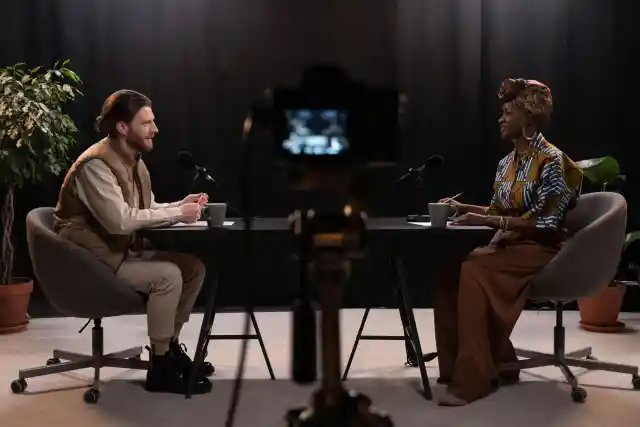

The creator economy is massive, and growing. As of 2024, there are over 200 million content creators globally, with around 50 million identifying as full-time or part-time professionals. Platforms like YouTube, TikTok, Instagram, Substack, and Twitch are at the center of this movement, with each supporting millions of creators across different industries.
In emerging markets like India, Brazil, Nigeria, and Indonesia, new creators are entering the space rapidly, driven by cheaper smartphones, lower data costs, and growing demand for regional content. Global brands are also paying attention, shifting budgets from traditional advertising to influencer and creator-led campaigns.
.
How to Get Started
You don’t need to be famous, rich, or a tech expert to become a creator. What you do need is clarity, consistency, and a willingness to learn. Here’s how to begin:
1. Pick Your Niche


Start by asking yourself: What do I love doing? What do I know a lot about? What value can I offer others?
Popular niches include:
Beauty and fashionPersonal finance and investingFitness and healthGaming and esportsEducation and tutorialsTravel and lifestyleFood and cookingTech reviews and unboxingsMental health and motivationLanguage and culture
The more specific your niche, the easier it is to attract a loyal audience. You can always evolve later.
2. Choose the Right Platform
Each platform supports different content formats. Choose based on your style and where your audience is likely to be.
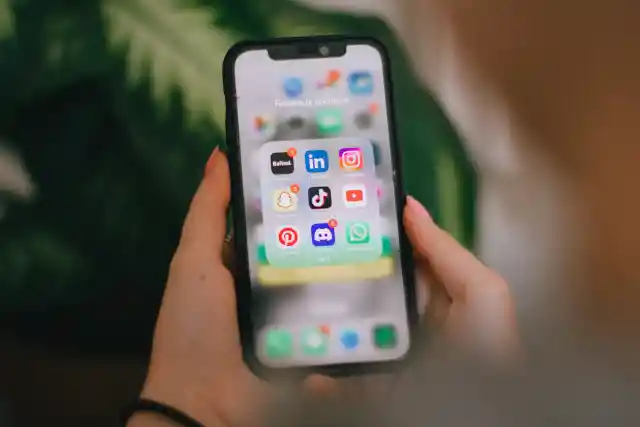

Platform Best For
YouTube Long-form videos, tutorials, vlogs
TikTok Short, viral videos
Instagram Visuals, lifestyle, Reels
Substack Newsletters and writing
Twitch Livestreaming, gaming
Twitter/X Commentary, thought leadership
Patreon Paid memberships
LinkedIn Professional content, thought pieces
Start with one or two platforms. Master those before expanding.
3. Create and Post Consistently
You don’t need expensive gear to begin. A smartphone and free editing tools (like CapCut or Canva) are enough. Focus on being authentic, helpful, or entertaining. The algorithm rewards consistency, so set a realistic schedule and stick to it.
4. Engage With Your Audience
Reply to comments, ask questions, and build relationships with your followers. Community is key, people are more likely to support creators they connect with.
5. Monetize Your Work
Once you build a decent following, explore income options:
• Enable ad revenue (e.g., YouTube Partner Program)
• Offer exclusive content via Patreon or Ko-fi
• Partner with brands that align with your content
• Sell your own products or services
.
What to Expect as a Creator
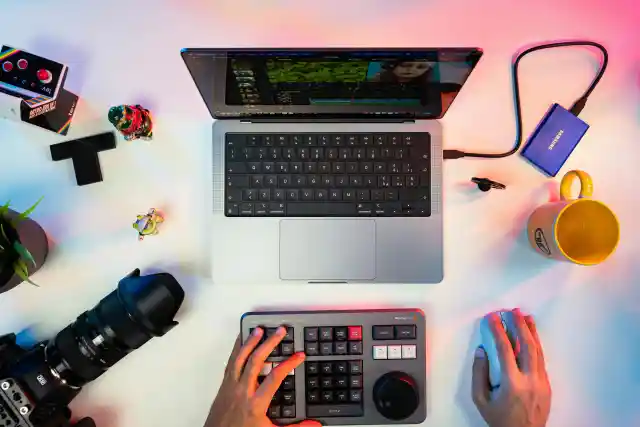
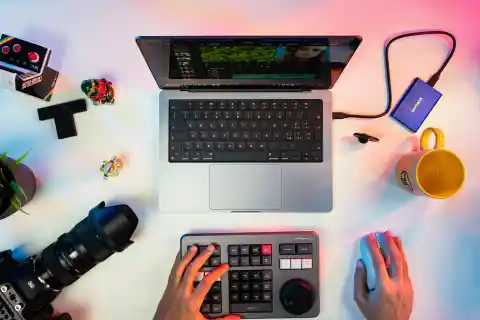
The creator journey is exciting, but it’s not always glamorous. Here’s a realistic look at what’s ahead:
Pros:
• Creative freedom: You set your own tone, schedule, and direction
• Global reach: You can connect with people from all over the world
• Income potential: Successful creators earn thousands, or even millions, annually
• Community building: Many creators form deep relationships with their audiences
• Skill development: You'll learn content creation, marketing, branding, and analytics
Cons:
• Slow growth: Most creators don’t blow up overnight. Expect to work hard for months before seeing big results
• Algorithm changes: Platforms can shift how content is promoted or monetized
• Inconsistent income: Unless you diversify your revenue streams, income can be unpredictable
• Burnout risk: Constant content creation can take a toll on mental health
• Lack of benefits: Most creators are self-employed, so there's no health insurance, vacation, or retirement plan unless you set it up
.
Trends Shaping the Global Creator Economy
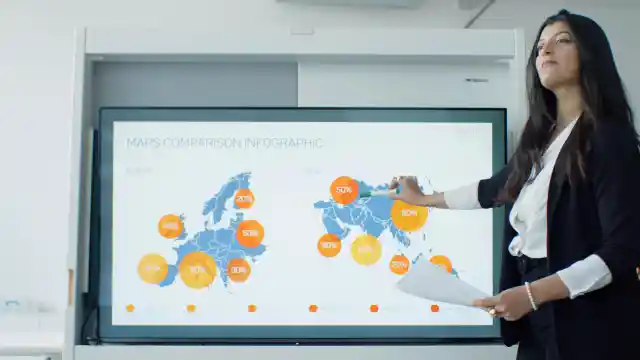
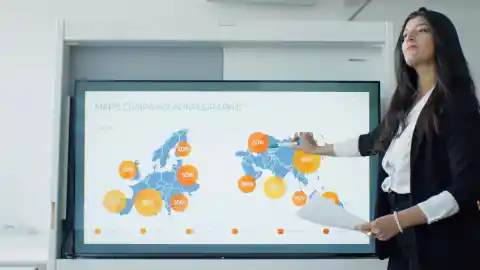
1. Rise of Micro and Nano Creators
Brands are increasingly partnering with creators with smaller followings (under 50,000), especially in niche categories. These creators often have higher engagement and more loyal fans.
2. Direct-to-Audience Monetization
Creators are moving away from ad-only models. Subscriptions, courses, memberships, and one-time purchases now make up a significant part of many creators’ income.
3. AI Tools in Content Creation
AI is helping creators work faster and smarter. From writing scripts and captions to editing videos and generating visuals, tools like ChatGPT, Canva AI, and Descript are transforming workflows.
4. Localization and Regional Growth
In regions like Africa, Southeast Asia, and Latin America, creators are producing content in local languages, meeting demand from underserved audiences and building unique regional economies.
5. Web3 and Decentralized Platforms
Blockchain-based platforms like Lens Protocol and Audius are giving creators more control over their content, ownership, and monetization. While still niche, they may disrupt traditional platforms in the future.
.
The Benefits of Being a Creator

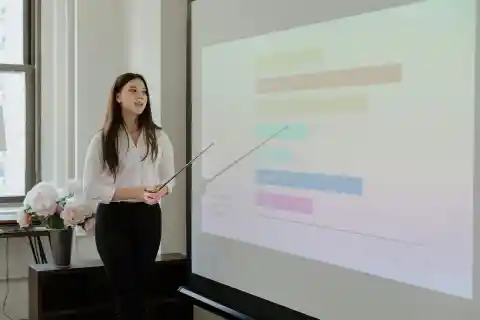
Being part of the creator economy isn’t just about money. It’s about expression, connection, and opportunity. Here are some major benefits:
• Personal brand growth: Your work builds long-term value and recognition
• Multiple income streams: You’re not tied to one employer or revenue model
• Freedom to work from anywhere: All you need is internet access
• Creative satisfaction: You’re in charge of what you make and how you grow
• Opportunities for expansion: Successful creators launch businesses, write books, create courses, and more
.
The Challenges Ahead


While the creator economy is full of promise, it’s not without hurdles:
1. Saturation
As more people become creators, standing out gets harder. You’ll need to offer real value and stay consistent to grow.
2. Monetization Inequality
Top creators earn the majority of income, while millions of smaller creators struggle to reach sustainability. Fairer revenue models are still developing.
3. Platform Dependence
If a platform bans your account or changes its algorithm, your entire business could be at risk. Diversification is essential.
4. Mental Health
The pressure to post constantly and compare yourself to others can lead to stress and burnout. Taking breaks and setting boundaries is crucial.
5. Lack of Education & Legal Knowledge
Many creators enter the space without understanding contracts, taxes, copyright, or business basics. As the industry matures, creator education is becoming more important.
.
The Future of the Creator Economy
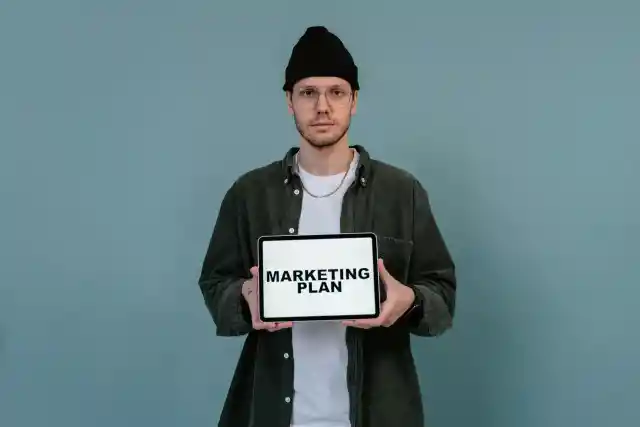
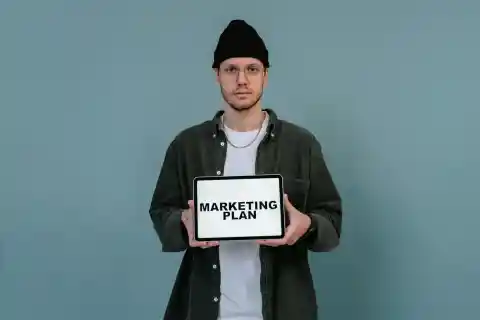
The next decade will see even more transformation in the creator landscape. Here's what to watch for:
• Professionalization: More creators will build teams, hire editors, and treat their content like a business
• Creator-focused platforms: New platforms will prioritize creator needs, transparency, and monetization tools
• Regulation: Governments may introduce rules around digital labor, creator rights, and online safety
• Education and training: Creator academies, certifications, and online schools will rise to help people enter the space professionally
• Community-first models: Creators will focus more on private communities (Discord, Telegram, Circle) where engagement and monetization are more stable